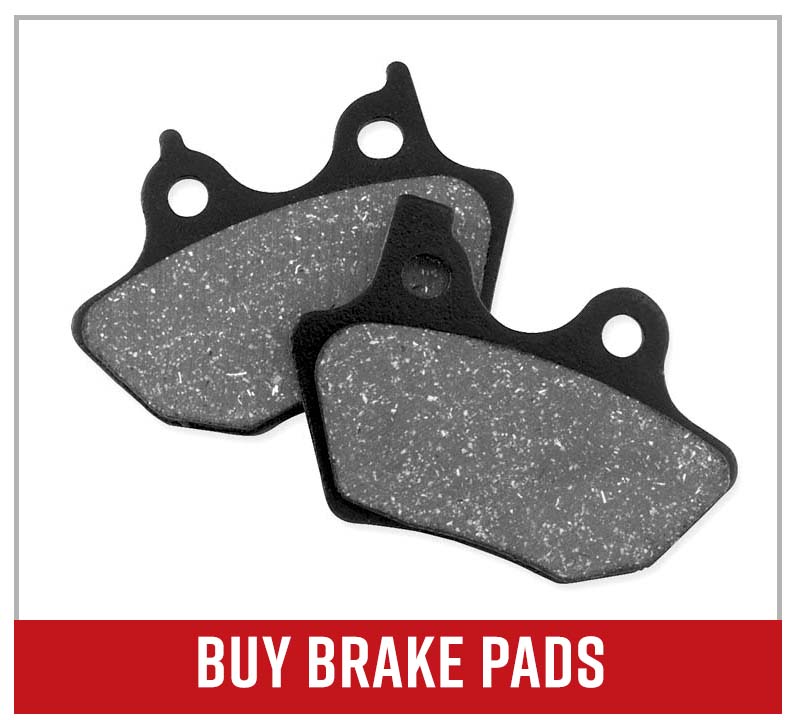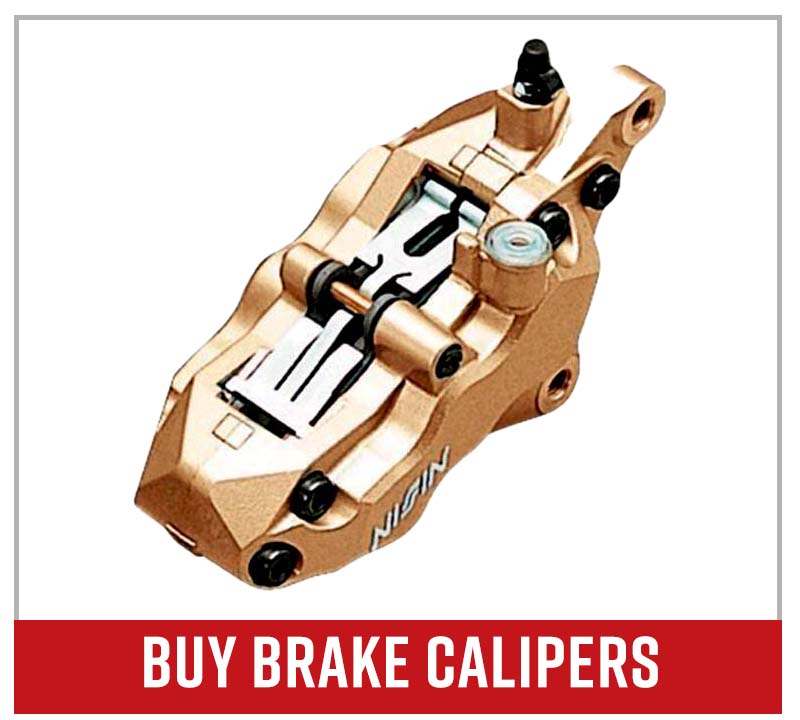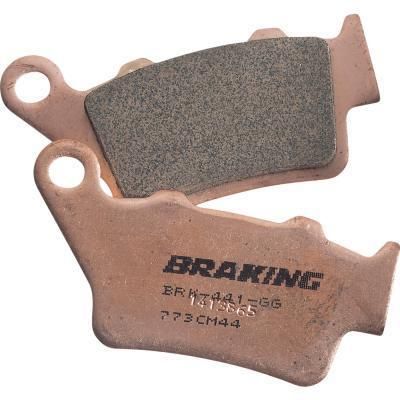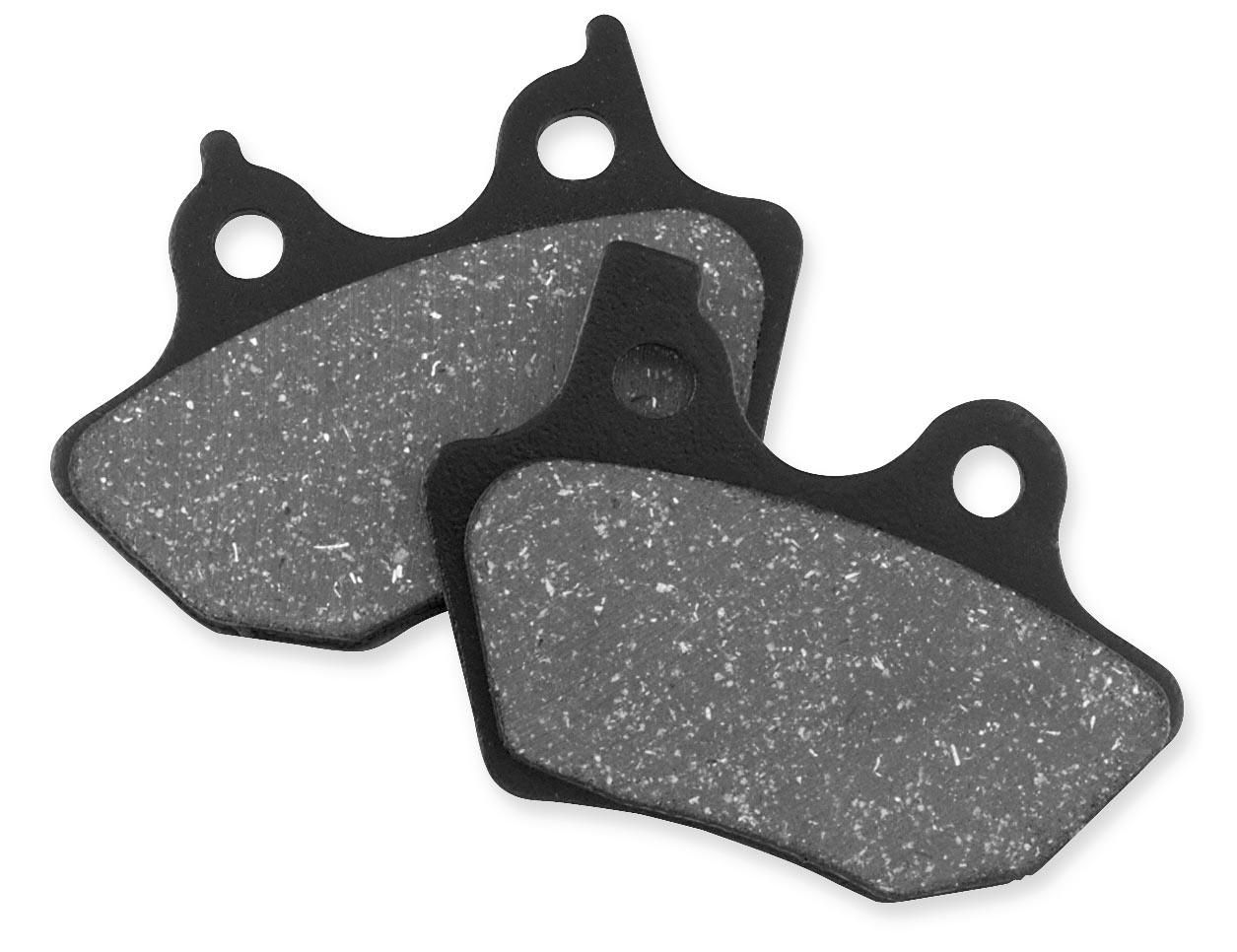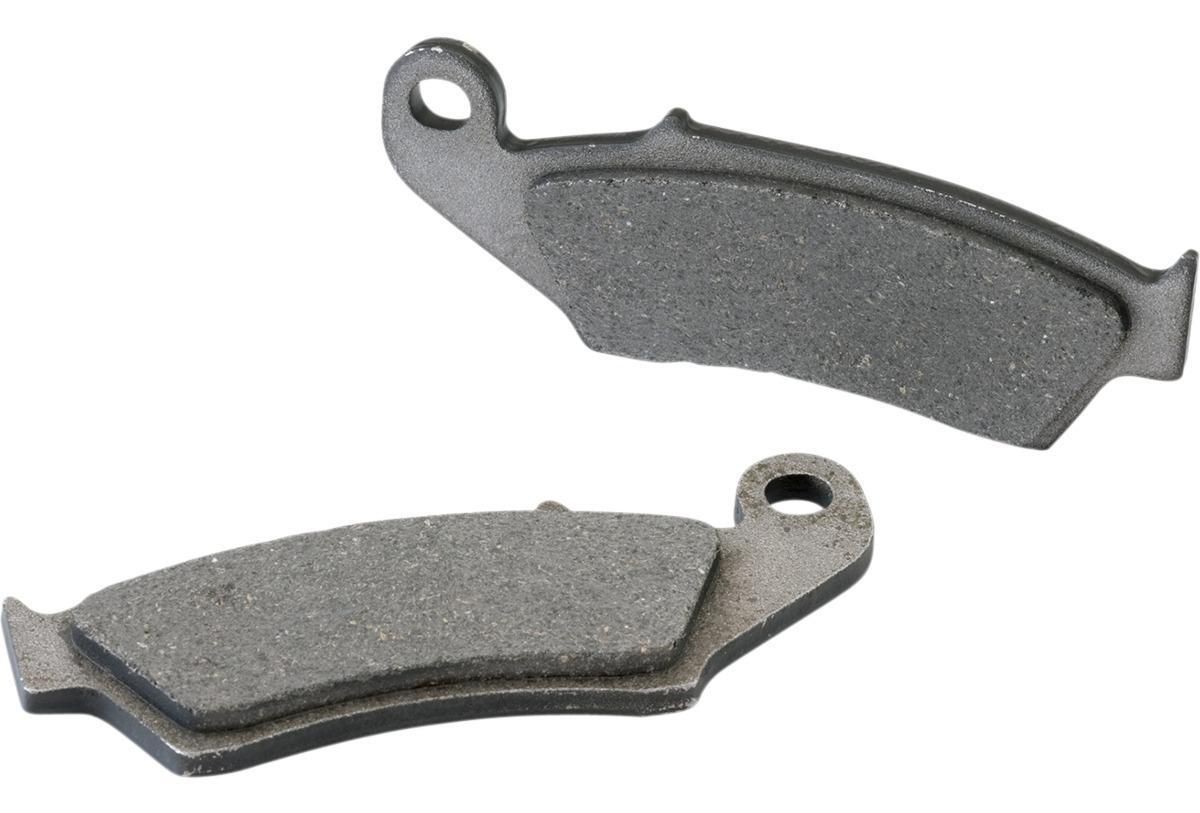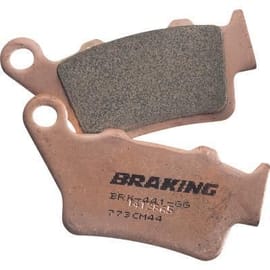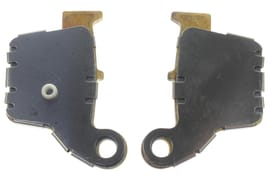How to Choose Dirt Bike Brake Pads
When you feel your dirt bike's brakes getting spongy, or you're having to pull hard on the lever or stomp on the pedal, you could have a problem with your motorcycle's braking system. Fortunately, the simplest explanation is often the correct one: the brake pads on the bike need to be changed.
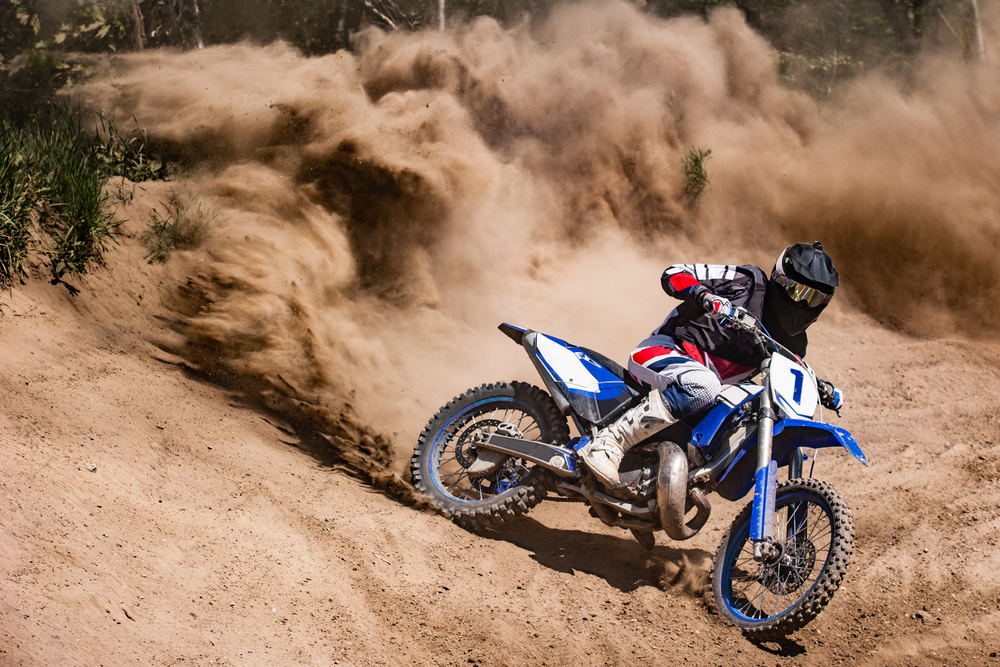
New brake pads are critical to getting your braking power and control back. Selecting the right brake pads requires an understanding of how you ride, and knowing the difference between materials can help you make the best choice. This guide will help you differentiate between several types of brake pads so you can choose the best type for your dirt bike.
Semi-Metallic Brake Pads
Semi-metallic brake pads are the go-to choice for many riders. They're effective across a broad range of conditions, and buying them won't take a big bite out of your wallet. There's a catch though: they tend to wear out a little faster than more expensive or exotic pads, and they can also be harder on your rotors.
Semi-metallic brake pads
Ceramic brake pads
Ceramic Brake Pads
Ceramic brake pads aren't as a popular for riding the trail as they are for the street. While you'll see more than a few sets of ceramic pads on street bikes, they're less common on dirt bikes. Ceramic gets mixed in with other types of material to create the brake pads in our next entry.
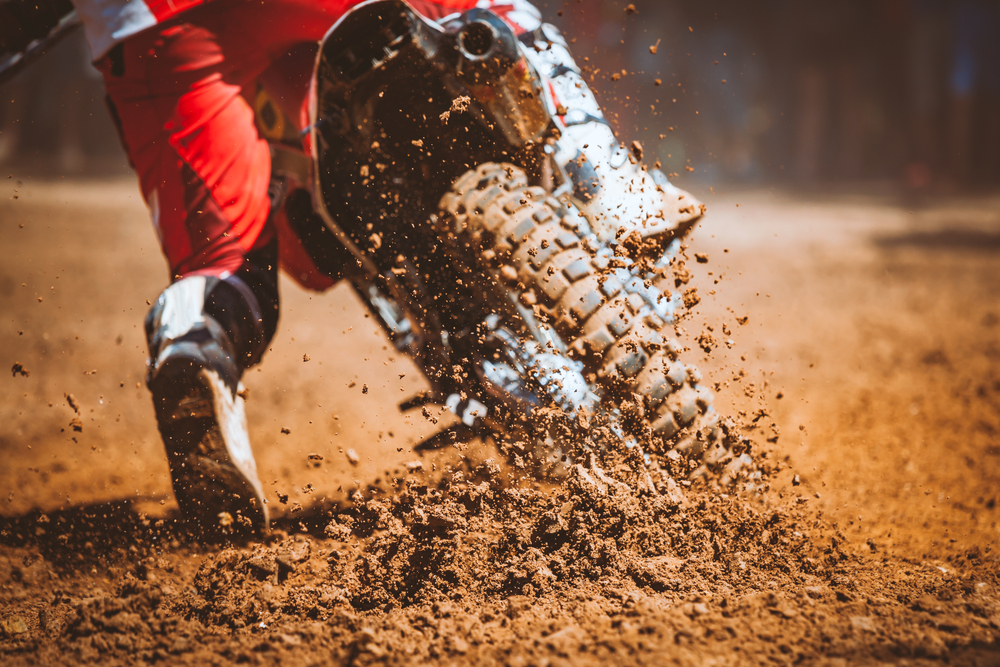
Organic Brake Pads
Organic brake pads or carbon brake pads are great for certain applications. They dissipate heat well, making them great for racing. The organic compounds can be mixed with Kevlar or other materials to bring custom attributes into the equation. The flip side is that they don't work as well when they're wet. If you're riding on a trail full of mud, these brake pads might not be the best option for you. On the other hand, if you live near the desert and are tackling the dunes, organic or carbon brake pads will be a good choice.
Organic brake pads
Kevlar brake pads
Kevlar Brake Pads
Kevlar brake pads are a top-shelf choice among the street bike crowd, but not quite as much for dirt bikers. Kevlar has been a fixture of bulletproof vests for years, and putting it in brake pads has offered an answer to durability issues that can plague other high-end pads. They cost more, but the trade-off is longevity and amazing braking power. Kevlar brake pads tend to fall off when wet, so take that into consideration if you're going to use them in muddy conditions.

Sintered Brake Pads
Sintered brake pads try to bring the best attributes from various materials into one formula. Sintering is a process where metallic materials are pressed together. The result is a pad that is highly heat resistant, making them a good choice for a number of applications. Sintered brake pads are a little more expensive, but their mix of durability and performance is hard to match.
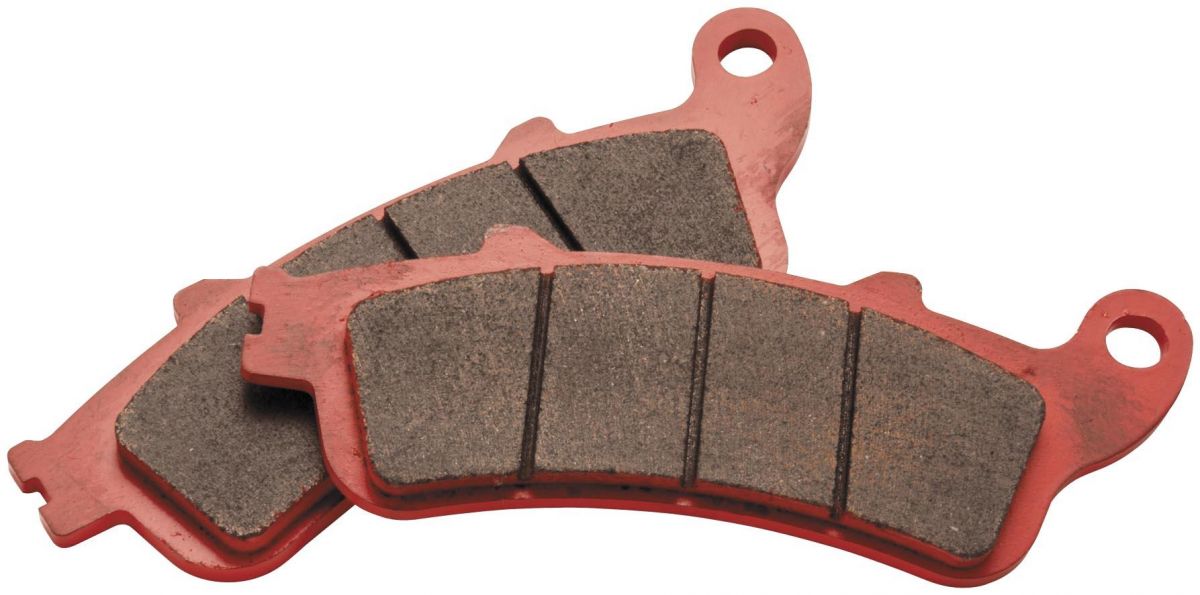
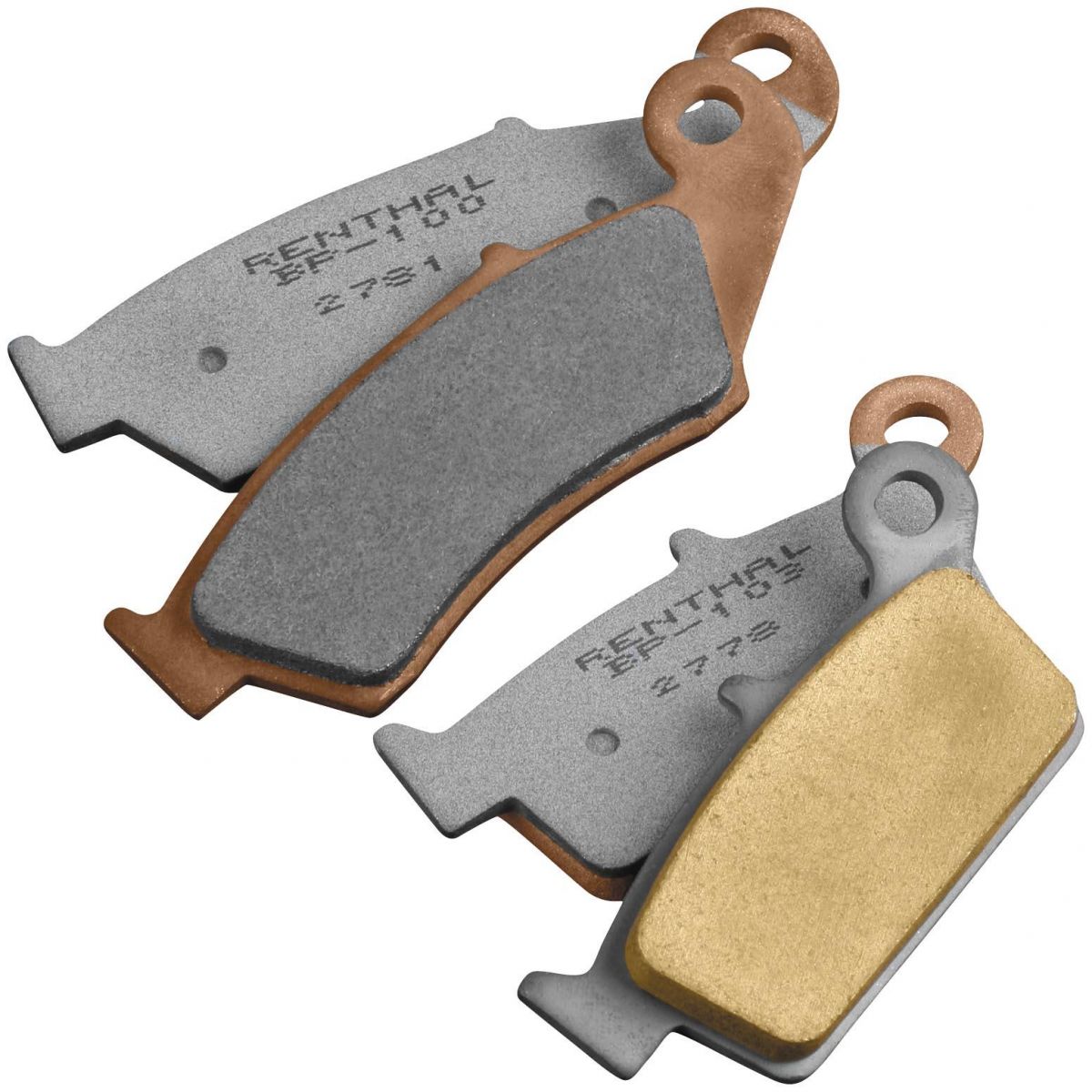
Sintered brake pads
Dirt Bike Brake Pad Change
There are lots of great brake pads on the market. When it's time to change yours out, the best way to make the right choice is to have a good understanding of how and where you ride.
Need a little help changing your dirt bike's brake pads? Watch the videos above to see how to change the front brake pads and the rear brake pads on a Honda dirt bike.
